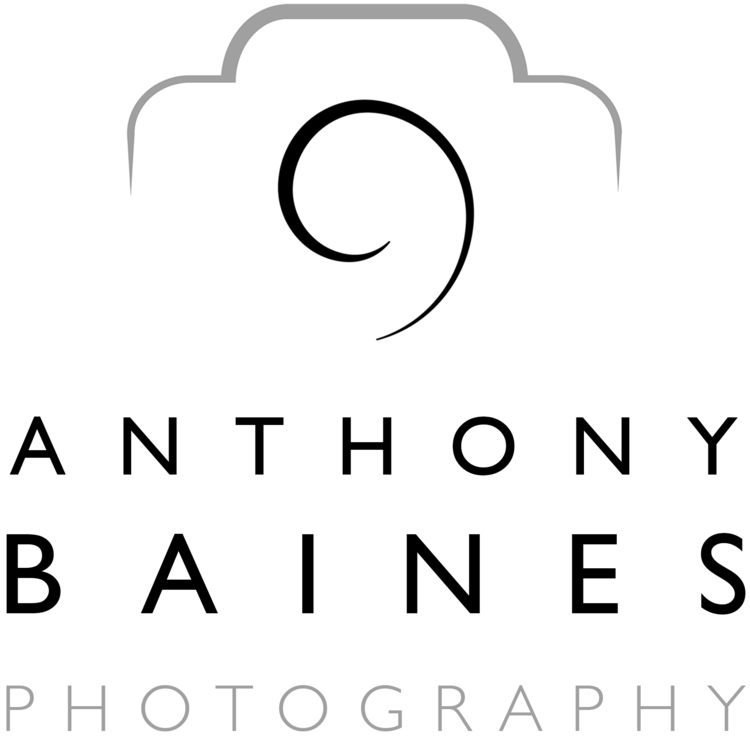In the hours before dawn last Monday, 21 Jan, there was a total eclipse of the moon, visible from here in the south-east of the UK. The picture above is a composite of picture of that event. I’ve never tried photographing one before, so this was a bit of a seat-of-the-pants attempt, but one, I think, that worked gratifyingly well.
I don’t really have a lens long enough to act as the kind of telescope you need to get a full frame picture of the moon. So needs must…
I have the Nikon 200-400mm f/4 VRII lens which I bought primarily for photographing aircraft (and certainly not for astrophotography!). As a way of extending its reach, I used the Nikon TC-2.0III converter, making it an 800mm f/8 lens (the TC2 reduces the effective aperture by two stops). If you’ve ever read any of the reviews of the 200-400, you’ll know this is absolutely, positively not the recommended procedure.
So, the day before, I set up the D810 with the 200-400 and TC2 to see how it worked. As expected, the autofocus was unreliable , and the image quality was not great at f/8 (wide open). I tried a series of different apertures, and at f/16 the image quality looked pretty good, and manual focussing seemed to work fine.
Hmmm… an 800mm, f/16 lens. At 800mm, the movement of the moon in the sky is obvious even to the naked eye. There’s not much light coming from an eclipsed moon, so I wasn’t at all sure it would be possible to get any kind of image of the eclipse given the length of the shutter speed needed at f/16, even at very high ISO.
The image of the full moon at the top of the composite was actually taken at about 11pm before the eclipse, as a test to see if the 200-400mm/TC2 combination was practical at all. In fact it was fine. Manual focus was also fine. 1/250sec at ISO 400 - no problem.
Full moon. Nikon D810, Nikon 200-400mm f/4 at f/16, ISO 400, 1/250 sec, manual focus.
Setting the alarm for 03:30, I managed a bit of sleep, before heading back out into the frosty night. I’d left the tripod/gimbal outside since set up ready to put the camera on: it was covered in thick frost. Mounting the camera on it, I started to get some nice pictures of the moon as more and more of it disappeared into the eclipse.
Among the various problems that came up was condensation on the front element. The big piece of glass at the front of the lens attracted a lot of frosting, which rapidly degraded the image quality. In the dark, I was very reluctant to use a lens cloth to clear it, because it is impossible to see if a small piece of grit or similar had landed on it. So, I blew away with a rocket blower between shots, trying to clear enough to keep shooting. At one point I even thought about getting a hairdryer down to blow on it :-)
By 05:00 I was freezing, despite being dressed as warmly as I could. I have some of those photographers gloves with the turn-back fingers, for twiddling dials. The gloves were great, but continually trying to get exposure series at different shutter speeds and ISO values, meant I was exposing the tips of thumb and forefinger - and they got seriously cold. So, I took a break to warm up and have a cup of tea during part of the totality, which seemed to go on for ever. Anyhow, warmed up a little, I went back outside to finish the series.
I shot a lot of different ISOs, and lots of replicates of the darkest phases of the eclipse. The full eclipse was a deep red colour, and gave an exposure of 1/5 sec at ISO 10,000. I didn’t want to try a longer exposure than that as it would have resulted in motion blur as the moon moved across the frame. The result looks pretty true to life, but under-exposed compared to what I’d like. I’d planned to use multiple replicates of the totality to combine in a median stack to reduce the noise, and hopefully get an altogether clearer image. But Photoshop refused to cooperate. It just would not auto-align the images. I’ve tried aligning them by hand, but the results are … errr … sub-optimal.
Anyhow, the composite I’d envisaged beforehand worked really well, and comprises single images just processed normally through lightroom.
